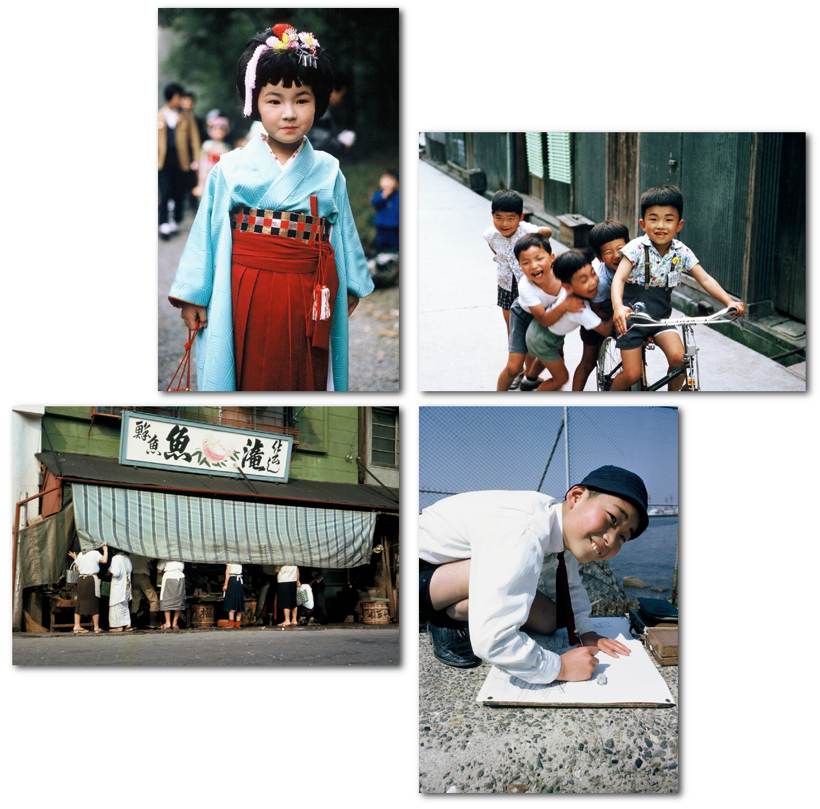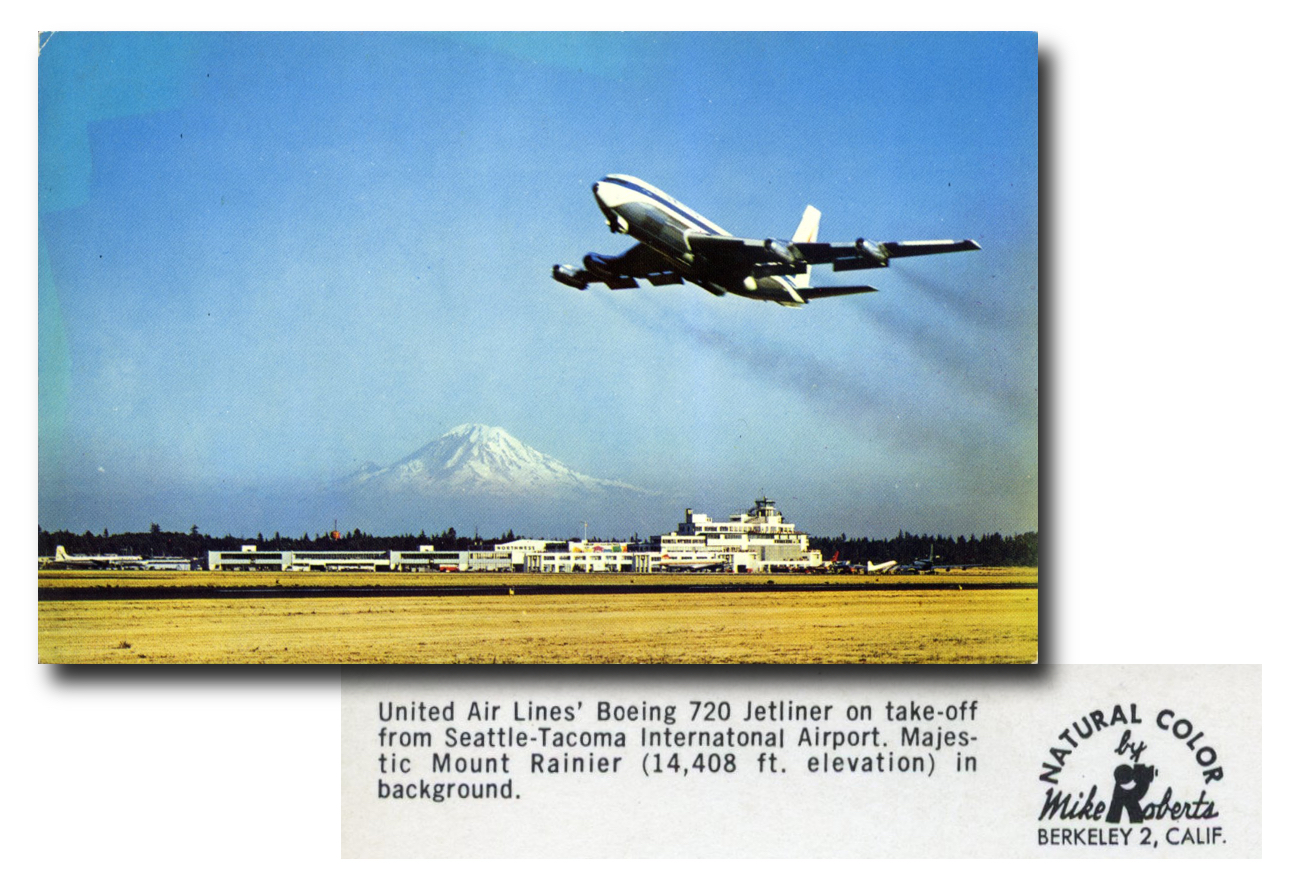Low & Slow in a “Connie” — Flying to Japan in 1963 (Part 4)
Our arrival at Wake Island meant that we had completed more than two-thirds of our trip — “only” 1,743 nautical miles lay ahead. That’s more than 2,005 of the miles most of us are used to, and some 3,227 kilometres.
Japan at last
We took off from Wake Island at 0740 hours (7:40 a.m., or two hours and 10 minutes after landing). The flight was uneventful, and in fact I hardly remember a thing about it. We landed at Tachikawa AFB in Tokyo at about 1230 hours local time. Our total flight time had been 26 hours, and I had slept little, if at all. But sleep could wait. I had met at least one goal of my relatively short lifetime: I had joined the navy in part to see the world, and there I was, in postwar Japan, a very different world than the one I had grown up in.
I took a U.S. Navy bus to Yokosuka, where I would work for the next two years at the U.S. Navy hospital. I was enthralled. It was my first encounter with a culture alien in almost all respects to my own. In my first two hours in Japan, I saw women in kimonos and geta for the first time, temples graced by dragons, three-wheeled trucks, advertising and direction signs whose meaning I could scarcely guess at, open-air fish markets, and a train which probably had more people on it than lived in my home town in New Mexico. I knew that as soon as I recovered from the MATS flight — “propeller lag” was never a problem like jet lag — I would be seeing much more of Japan through the viewfinder of my Nikon SP camera, which I had purchased in El Paso a few months before joining the navy.

My two years in Japan were everything I hoped they would be — educational, enlightening, interesting, adventuresome, romantic. A friend who had been in Japan previously had told me that Americans were never welcomed into Japanese homes, nor could we ever meet Japanese girls. He was wrong!
At the end of my two-year tour of duty in Japan, I was seconded to a U.S. Marine Corps battalion that was headed to South Vietnam. That tour of duty would turn out to be far less pleasant than my time in Japan!
Returning to the U.S., high and fast in a 707!
In the summer of 1965, I returned to the States for training at Camp Pendleton in a Continental Airlines Boeing 720 “Golden Jet”, certainly the most successful of the new jetliners. I didn’t know it at the time, but Continental had recently signed a contract with the Central Intelligence Agency to fly in Southeast Asia in the same clandestine role as the infamous Air America.


We boarded as the plane was being refuelled, and took off immediately with a new crew. It was late afternoon; I kept my watch on Tokyo time, and experienced the shortest night of my life: sunrise was at 2:00 a.m. Unfortunately, I didn’t get to sit in the co-pilot’s seat like I had two years earlier on the MATS Constellation. We reached San Francisco in about nine hours, not long after seeing Mt. Shasta — a seemingly minuscule Mt. Shasta — from about 37,000 feet, the highest I had ever flown. Due to our westward crossing of the international date line, we landed a day earlier than we had taken off!
Continental earned notoriety in the 1960s with its sexually suggestive sales slogan, “We really move our tail for you, to make your every wish come true.…” So much for advertising: Not one of my deepest wishes came true as a result of that flight! Grace Kelly didn’t divorce Prince Rainier to marry me, and soon, against my wishes, I would be heading to back across the Pacific with the Marine to the last place in the world I wanted to be — South Vietnam. In 1965, there was no more dangerous place for an American.…1
-
Eight months later I would once again be flown west across the Pacific, from Clark Air Force Base in the Philippines to Travis AFB near San Francisco, in a giant U.S. Air Force Lockheed C-141 Starlifter jet transport. On that flight, the Starlifter was serving as an ambulance plane for wounded Marines. (On March 5, 1966 a communist rifleman had shattered my right femur with a single shot. Following emergency surgery on board the hospital ship U.S.S. Repose, I was evacuated by air to the hospital at Danang, South Vietnam, then to Clark AFB. I recount my experiences in Vietnam in another of my web pages, 37 Days in Vietnam — A Navy corpsman with the U.S. Marines.) ↩︎